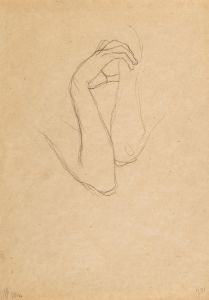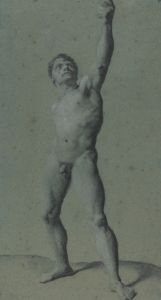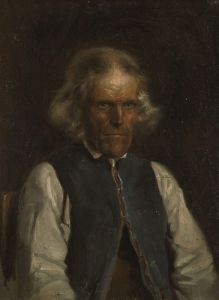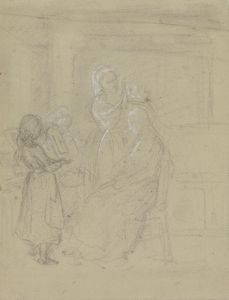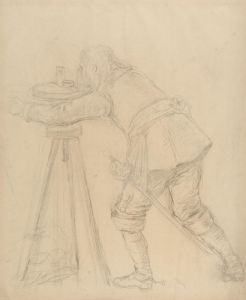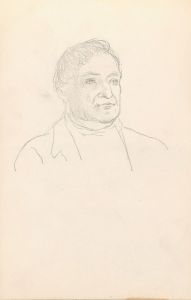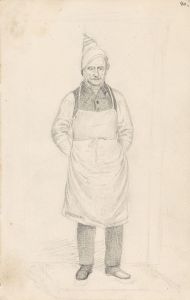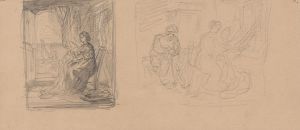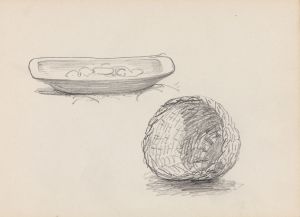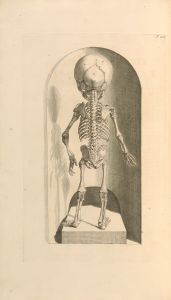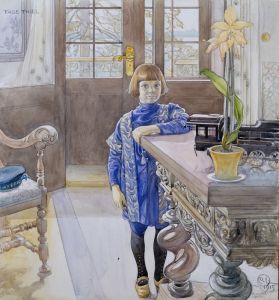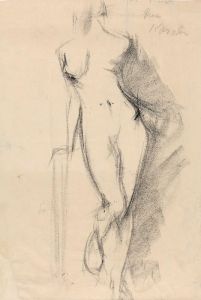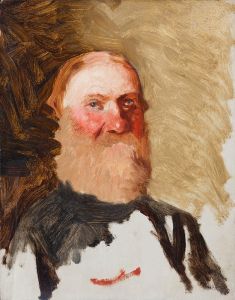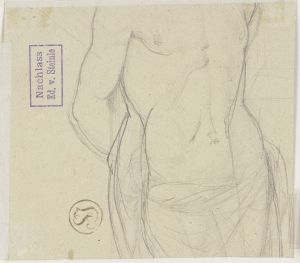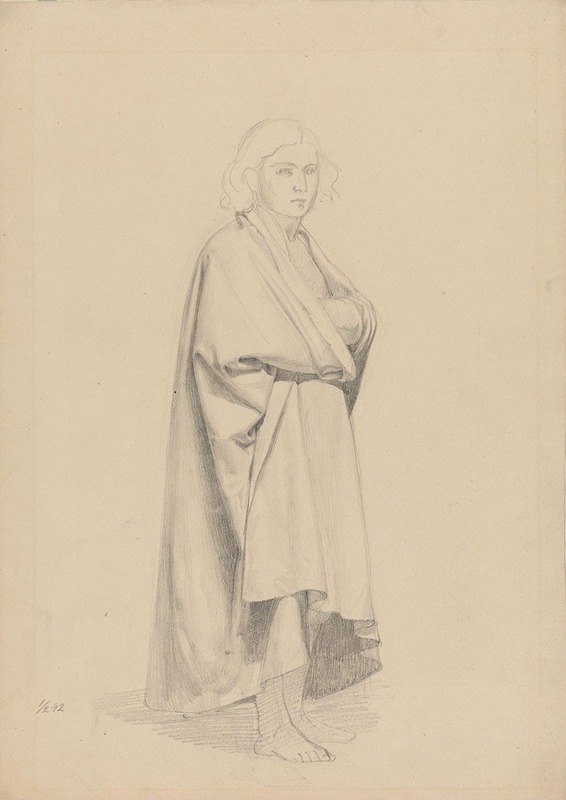
Stående ung mann, draperistudie
A hand-painted replica of Adolph Tidemand’s masterpiece Stående ung mann, draperistudie, meticulously crafted by professional artists to capture the true essence of the original. Each piece is created with museum-quality canvas and rare mineral pigments, carefully painted by experienced artists with delicate brushstrokes and rich, layered colors to perfectly recreate the texture of the original artwork. Unlike machine-printed reproductions, this hand-painted version brings the painting to life, infused with the artist’s emotions and skill in every stroke. Whether for personal collection or home decoration, it instantly elevates the artistic atmosphere of any space.
Adolph Tidemand was a prominent Norwegian painter in the 19th century, known for his role in the development of Norwegian national romanticism. His works often depicted Norwegian folk life, traditions, and landscapes, capturing the essence of the country's cultural heritage. One of his lesser-known works is "Stående ung mann, draperistudie," which translates to "Standing Young Man, Drapery Study."
"Stående ung mann, draperistudie" is a study piece that reflects Tidemand's interest in the human form and the intricate details of clothing and drapery. As a drapery study, the painting focuses on the depiction of fabric and how it interacts with the human body, showcasing Tidemand's skill in rendering textures and folds. This type of study was common among artists of the time, as mastering the portrayal of drapery was considered essential for creating realistic and dynamic figures in larger compositions.
The painting features a young man standing, likely serving as a model for Tidemand's exploration of light, shadow, and the movement of fabric. The attention to detail in the folds and creases of the drapery suggests Tidemand's dedication to capturing the subtleties of texture and form. Such studies were often used by artists to refine their techniques and prepare for more complex works, where the accurate depiction of clothing would contribute to the overall realism and narrative of the piece.
Adolph Tidemand's education and artistic journey played a significant role in his development as an artist. He studied at the Academy of Fine Arts in Copenhagen and later at the Kunstakademie Düsseldorf, where he was influenced by the Düsseldorf school of painting. This movement emphasized detailed and realistic portrayals of subjects, which is evident in Tidemand's meticulous approach to drapery studies.
While "Stående ung mann, draperistudie" may not be as widely recognized as some of Tidemand's other works, such as "Haugianerne" or "Brudeferden i Hardanger," it provides insight into his artistic process and the foundational skills that underpinned his more elaborate compositions. The study exemplifies the technical proficiency and attention to detail that Tidemand applied to his art, contributing to his reputation as a leading figure in Norwegian art.
Adolph Tidemand's legacy is marked by his contribution to the portrayal of Norwegian identity and culture through art. His works continue to be celebrated for their historical significance and artistic merit, with studies like "Stående ung mann, draperistudie" offering a glimpse into the meticulous preparation and skill that characterized his approach to painting.





